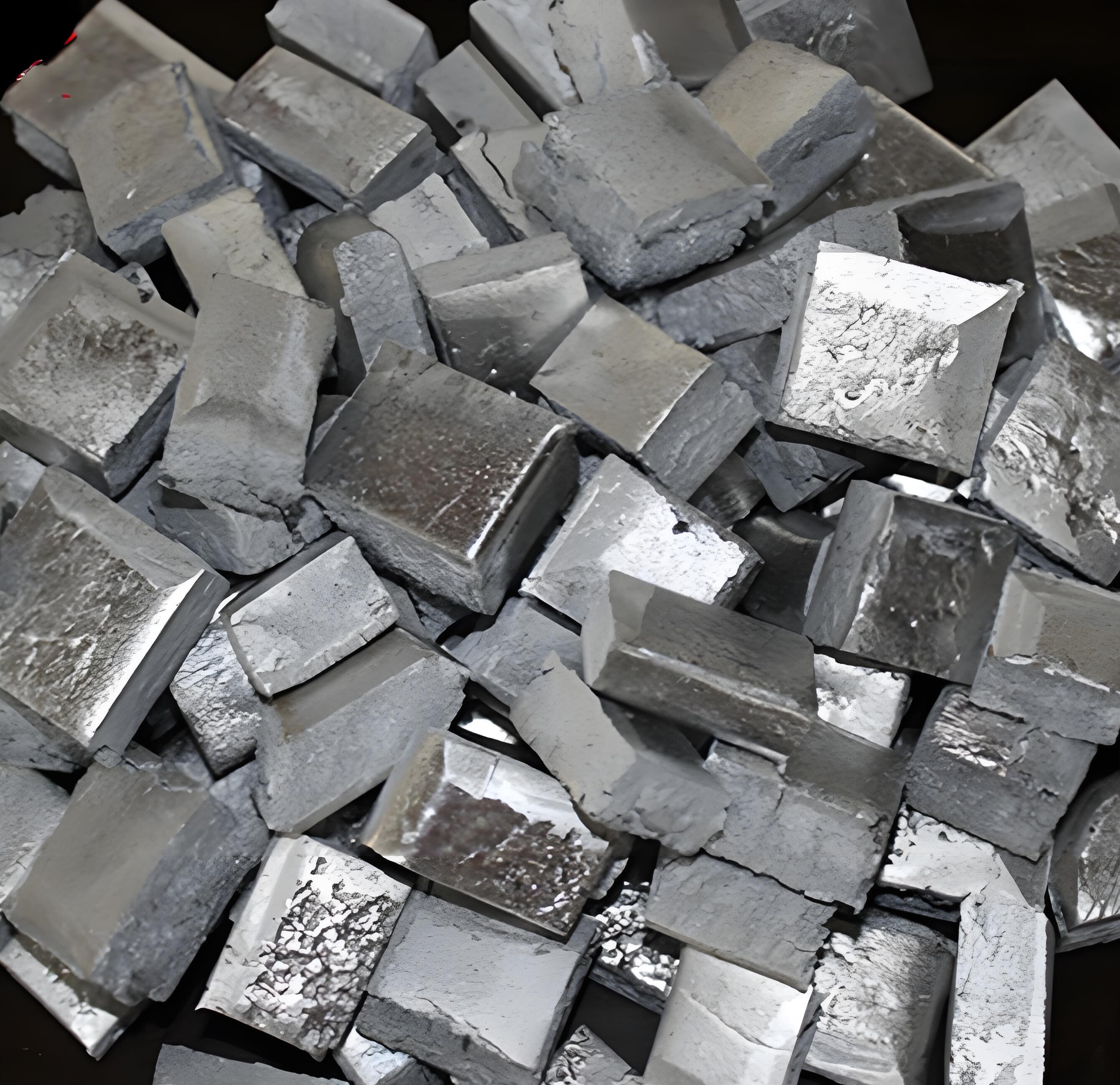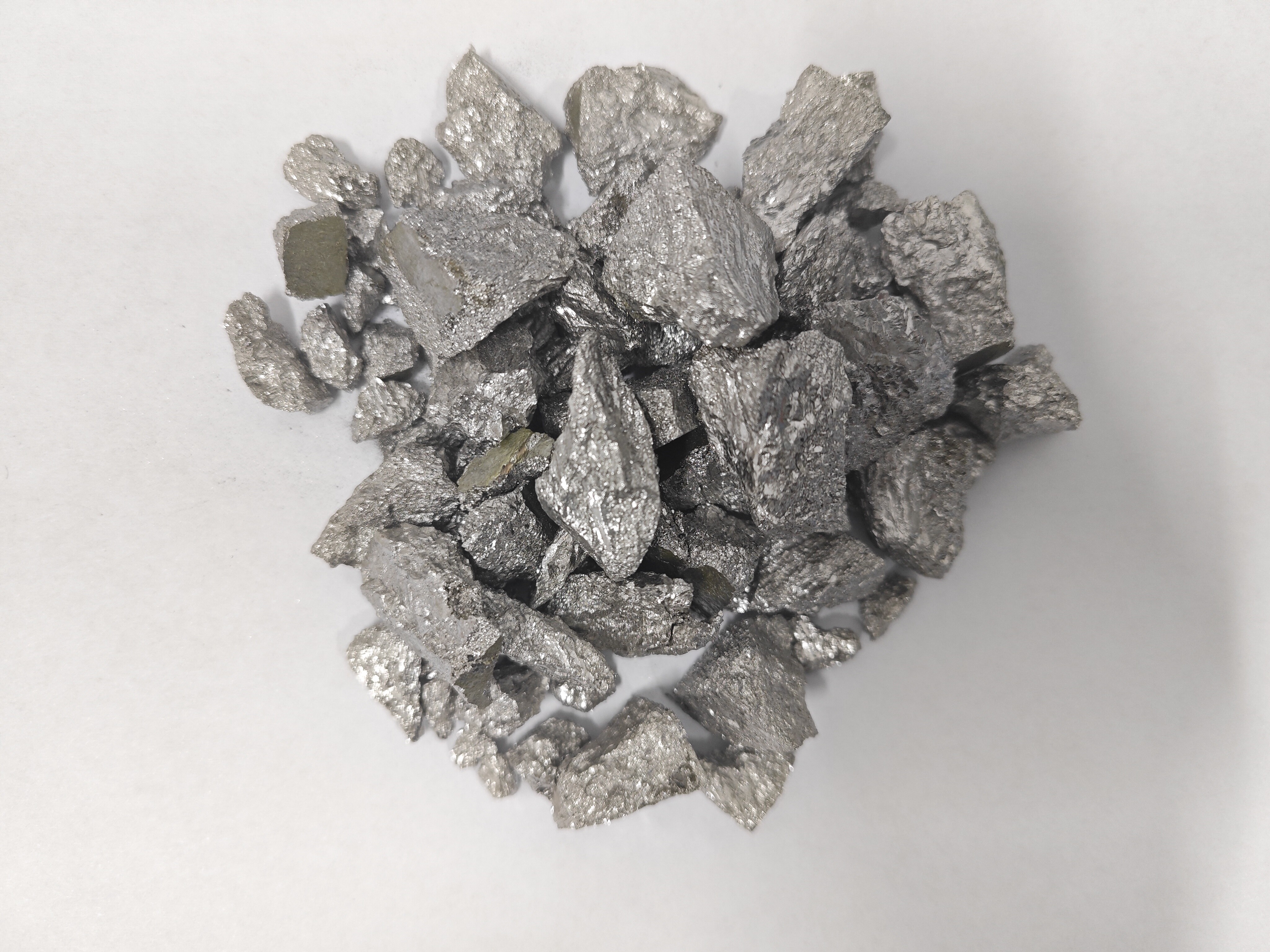Nickel-Cerium Alloy
Nickel-Cerium Alloy
Nickel-cerium master alloy is an alloy composed of nickel and cerium. It is usually used in the manufacture of high-temperature alloys, catalysts and electrode materials. The main characteristics of nickel-cerium master alloy are good oxidation resistance, corrosion resistance and high temperature strength. These characteristics make them widely used in high temperature environments, such as aerospace, petrochemical, energy and other fields. In the manufacture of high-temperature alloys, nickel-cerium master alloys are often used as base materials. The properties of this material can be improved by adding other elements, such as molybdenum, tungsten, chromium, etc. to increase its corrosion resistance and strength.
Nickel-cerium alloy is a metal alloy composed of nickel and cerium. It has various models and specifications and is widely used in scientific research experiments, high-temperature components and other fields.
The specific models and parameters of nickel-cerium alloys are diverse, such as Ni80Ce20 nickel-cerium alloy, which is an intermediate alloy with a purity of up to 99.9% NiCe and is mainly used for high-temperature components
In addition, there are high-purity nickel-cerium alloy targets, such as Ni-20Cewt%. This alloy target has high purity and is especially suitable for scientific research and experimental materials
Nickel-cerium alloy also supports customization, such as rare metal alloy nickel-cerium alloy blocks, nickel-cerium particles, etc., which can be customized and produced according to customer needs
In terms of performance, nickel-cerium alloy also has its own unique features. For example, in the silver-magnesium-nickel-cerium alloy, the addition of cerium can improve arc corrosion resistance and contact resistance stability. This alloy is strengthened by internal oxidation and has excellent mechanical and electrical properties. It is suitable for high-load small relay reeds. Contact and other applications
In general, nickel-cerium alloy occupies an important position in the field of metal materials due to its unique properties and wide range of applications. Whether it is scientific research experiments or industrial production, nickel-cerium alloys play an irreplaceable role.
| Composition(%) | Physical Form | Melting Range | Purity | OxidationResistance | |
| NI: 70-90 | Ce:10-30 | Nuggets,Tablets orBriguettes | 1450-1600C | 99 %( Min) | High |
Elemental lmpurity: (wt.% max):
| S | C | P | Si | Fe | Mg | Ca | Al |
| 0.01 | 0.01 | 0.01 | 0.05 | 0.10 | 0.01 | 0.01 | 0.05 |
The production process of nickel-cerium alloy mainly includes the following steps:
Raw material preparation and processing
Nickel and cerium are selected as raw materials and processed to remove any impurities and ensure uniformity of alloy composition. This processing step may involve heating the raw material to high temperatures in the presence of a reducing agent to remove impurities and promote the formation of the desired nickel-cerium alloy1.
Alloy Smelting
The processed nickel and cerium raw materials are mixed in a certain proportion and smelted under vacuum or inert gas protection to obtain a uniform liquid alloy. This step is critical to ensure the consistency and purity of the alloy
Casting and heat treatment
After the alloy is liquid-cast into a billet, heat treatment is performed, including solid solution treatment and aging treatment, to adjust the alloy's structure and improve its performance. This step helps optimize the alloy’s microstructure and mechanical properties
Processing and forming
The alloy billet after heat treatment can be processed in various ways, such as forging, rolling, drawing, etc., to obtain product shapes and sizes that meet the requirements. This step is based on specific product requirements
Surface treatment
Surface treatment is performed on the processed and formed products, such as annealing, polishing, coating, etc., to improve their surface quality and corrosion resistance. This step helps improve the overall quality and longevity of the product
Please note that the specific production process may vary depending on the specific composition of the alloy, its intended use, and the production equipment. Therefore, in the actual production process, adjustments and optimizations need to be made according to specific circumstances.
Send Message
Don’t hesitate to write to us and ask for any help at any time for your convenience.


